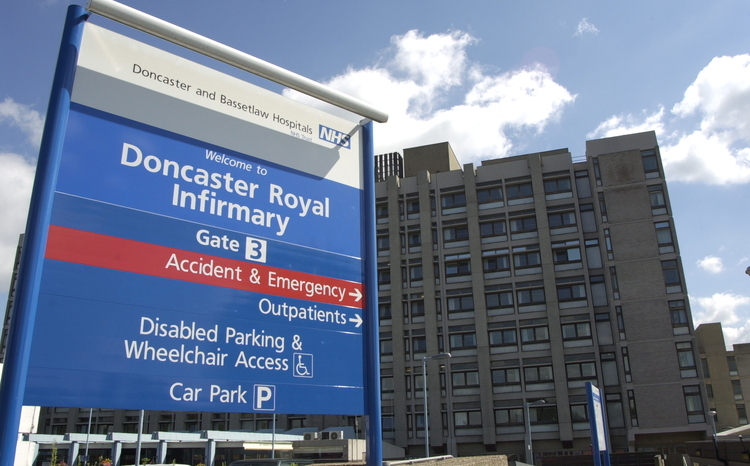3millionlives delivery plan by April
- 19 November 2013

NHS England will publish a 3millionlives delivery plan for 2014-2017 by the end of March next year.
The organisation, which took over responsibility for the programme due to deliver telehealth and telecare to three million people by 2017, has “repositioned” the programme as ‘Integrated Care for 3millionlives’.
Speaking at the International Telehealth and Telecare Conference 2013 in Birmingham last week, Rachel Cashman, head of collaboration for excellence at NHS England, said the programme will extend across the health and social care system, to “harness where the energy lies locally”.
“It will also now include a much broader range of assistive technologies – telehealth, telecare, telemedicine and telecoaching,” said Cashman.
“The previous delivery model only focused on the first two of these.”
In September, the 3millionlives industry group, which was set up to promote the government’s effort to recruit patients, was replaced by the Integrated Care for 3millionlives Stakeholder Forum.
The new forum includes members from the NHS, social care and industry, which have identified four key areas to focus on: improving information governance; developing commissioning skills and capability; improving procurement levers and frameworks; and developing measurement and metrics.
NHS England has established ‘Task and Finish Groups’ for each of these four areas, which will demonstrate progress or have a clear delivery plan in place by the end of the financial year.
“We propose the findings and recommendations of these Task and Finish Groups inform the publication of a 3millionlives NHS England Delivery Plan for 2014-17, which we plan to publish by the end of March 2014,” said Cashman.
“For the first time, this truly feels like a collaborative effort to make 3millionlives a success.”
EHI reported last month that another key change after NHS England’s takeover, is that the stakeholder forum includes small and medium-size enterprises.
Cashman told EHI that the old “pay to play” industry group, where organisations had to commit a certain amount of money to be able to join, was not feasible going forward.
“The new approach has let it open up to SMEs and smaller companies that wouldn’t be able to join the old group. There are some companies that may not have a piece of technology that we expect to have huge utilisation, but their insight and opinion is more useful,” she said.






